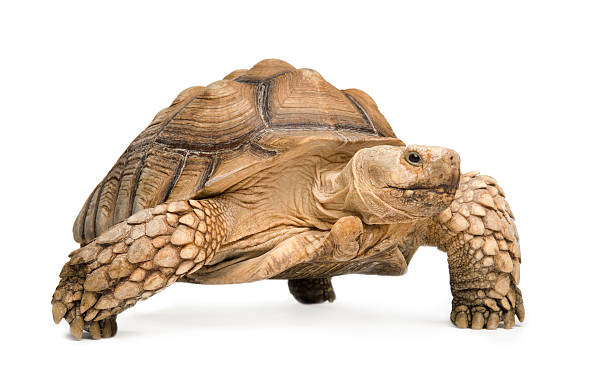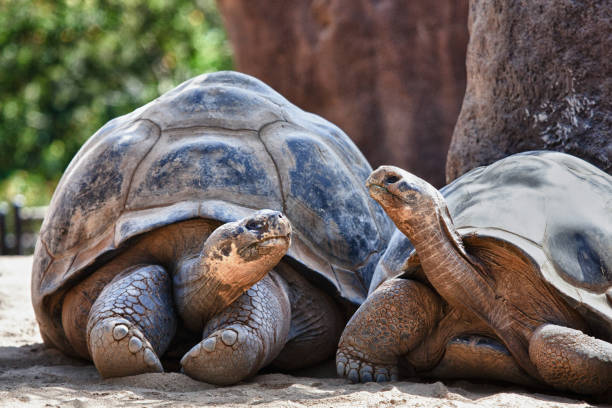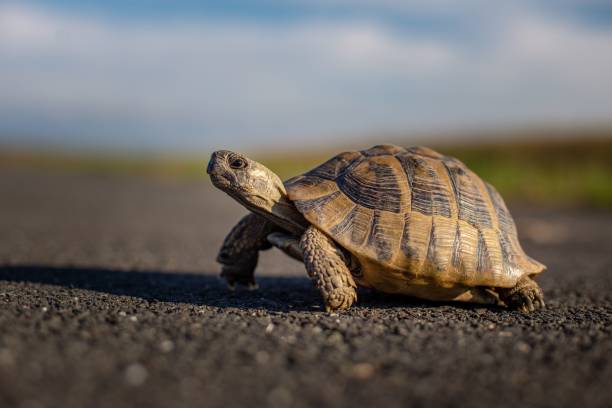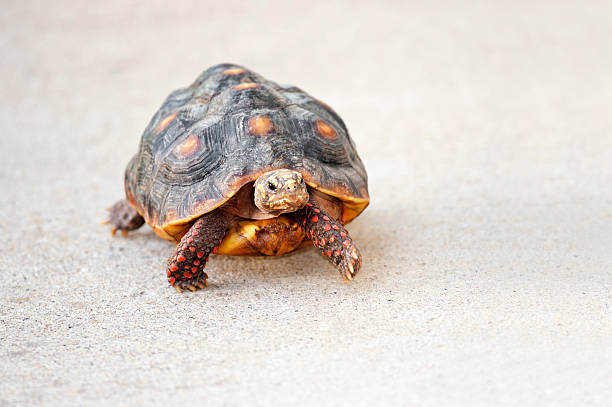5 Interesting Facts About Tortoise
Tortoises may seem slow and ungainly but they’re surprisingly complex. In one study, scientists placed a tortoise and rat in the same maze; the reptile was better at finding its way out—without even revisiting the same areas!
Like many other reptiles, tortoises can smell with their throats using the vomeronasal organ (also known as Jacobson’s organ) on the roof of their mouth. They also pump their throats to circulate air through their noses and around their mouths.
1. They’re incredibly smart
Researchers have found that tortoises have an impressive level of cognitive abilities, including memory and learning skills. They also exhibit unique social behavior, such as nest-building and observing and imitating their conspecifics.
For example, a study found that tortoises could navigate a maze with better performance than a laboratory rat. They could even avoid revisiting the same spots, and they didn’t get distracted by their surroundings when navigating the maze.
These results support the idea that tortoises can learn and remember a wide variety of things, from food locations to how to navigate through a maze. They’re also capable of using implicit memory, which means that they can recall information without consciously thinking about it.

This type of memory can help tortoises survive in harsh environments, where the weather may be more extreme. This is because they can rely on implicit memories to help them figure out how to get back to their favorite places, like a warm, sunny spot in the desert. It’s also the reason why some tortoises have lighter-colored shells — they absorb less sunlight and stay cooler that way.
2. They’re the ultimate conservationists
Tortoises may be slow, but they’re no slouches when it comes to conservation. They’re able to extract water and nutrients from even the most paltry bites thanks to their clever ‘hindgut system,’ which works like a double digestive tract. And if water is scarce, tortoises can hang on to their own urates (water waste) and eat them later for extra nutrition.
They also have a remarkable ability to survive in harsh conditions — and even thrive. In a study, scientists found that tortoises with more genetic variation were 23% more likely to survive when relocated from one site to another.

Their shells are an extension of their inner skeleton, which consists of over 60 bones. And although they can’t swim, they can hold their breath for a long time. Sadly, tortoises are in decline worldwide due to habitat loss and the illegal pet trade. In fact, they’re now extinct in some of their native countries. Coastal development and political unrest in Egypt, for example, have led to the dwindling of tortoise populations there. As for other continents, they can be found on all except Antarctica.
3. They’re a boy
The tortoise’s shell is actually part of their outer skeleton, called the exoskeleton. It’s made of a hard, protective material called keratin. This is the same stuff that makes up our fingernails and toenails. Tortoises also have a soft inner layer of ectoderm.
Unlike sea turtles, tortoises don’t have teeth, but they still chew their food by clamping down on it with the sharp edges of their upper and lower jaws. Their tongues then guide the food to the rear of their mouths for them to swallow.
Tortoises can hold their breath for about 30 minutes — which is pretty impressive considering they don’t swim. They can do this because they store up water in their shells.

You can tell a tortoise’s sex by the shape of its stomach (called a plastron). Females have flat stomachs, while males are curved inward for mating purposes. You can also see a difference in size, as mature males have longer tails than females. Sometimes, you can even tell sex by observing how your tortoise behaves. Some start to “flash” (show their private parts) in a warm bath when they reach a certain weight!
4. They’re a girl
In the wild, tortoises are solitary creatures. They can live for up to 150 years and don’t usually stay around their nests. When female tortoises are ready to lay eggs, they dig a shoe-shaped nest. Once the eggs are hatched, she covers them with soil and moves away. Females are also a bit more laid back than males and don’t get so aggressive.
The easiest way to tell if a tortoise is a girl or boy is by looking at the plastron (underside of the shell). If it’s smooth or has a very slight indent, then it’s a female. Males have a more curved plastron that looks like a bowl.
You can also tell if a tortoise’s a male by its tail. Females have short, stubby tails while males have longer ones.
5. They’re a master swimmer
The fact that tortoises can hold their breath for 30 minutes is pretty incredible. They can do this by utilizing a special organ called the vomeronasal organ on the roof of their mouth.
Tortoises are more intelligent than you may think. A study in 2006 put a tortoise and rat in a maze, and the reptile was more effective at finding food than its brethren. In addition, it wasn’t as prone to revisiting the same areas over and over again.
Another interesting tortoise fact is that the weather determines a baby tortoise’s gender. When it’s colder, the eggs are more likely to produce males; when it’s warmer, females are born.
Many tortoises brumate from October through March, which means they go into hibernation mode and slow down to protect themselves from cool temperatures. This is also a way to save water – the reptiles will hang onto their urine and excrete it later, instead of drinking it. This helps them conserve water, which is important in desert environments. They’re also capable of storing up to half of their body weight!

